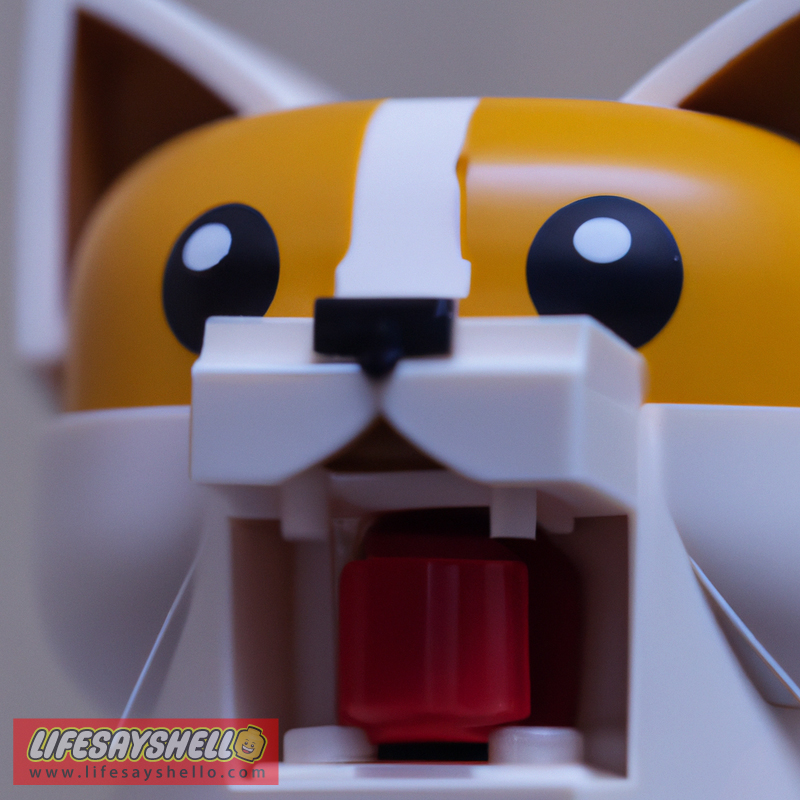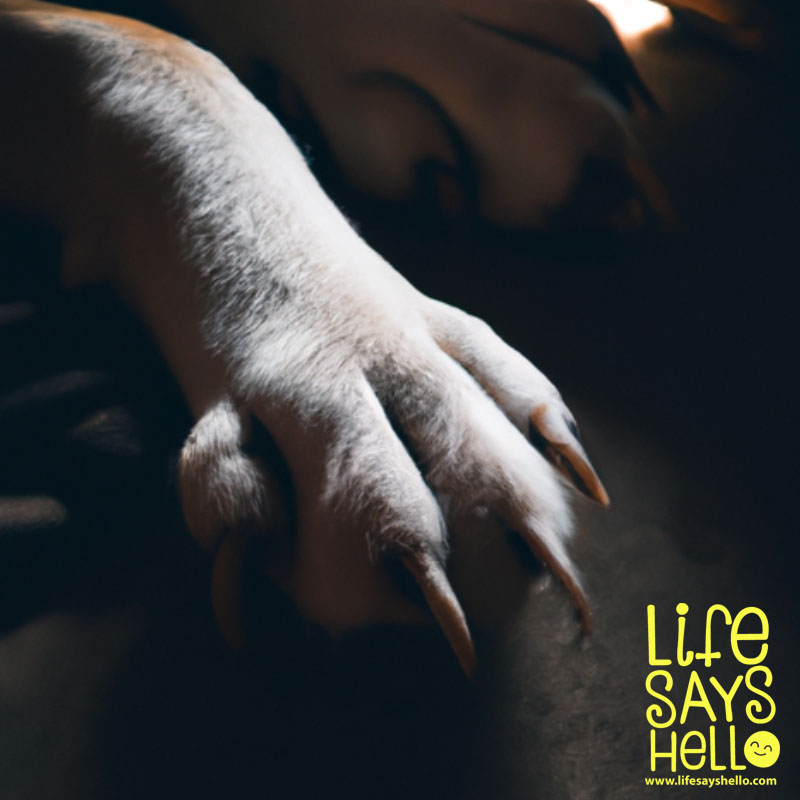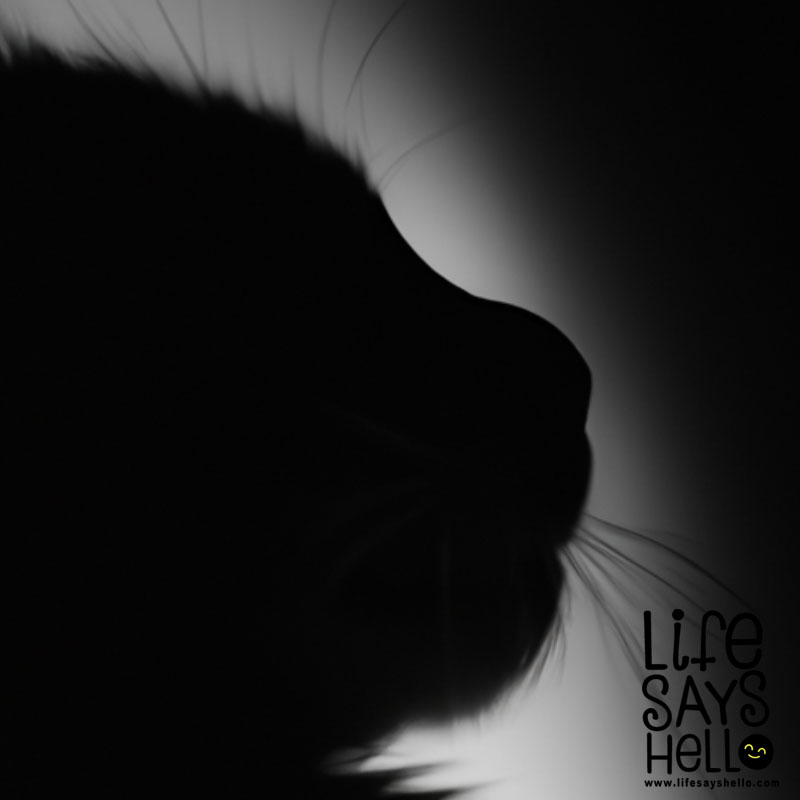The Secret Language of Meows: Why Does Your Cat Meow and What Do They Mean?

Have you ever wondered why cats meow so much, and what they are trying to tell you with their meows? Cats meow for many different reasons—it's one of the main ways they communicate with humans. Learning to interpret your cat's different meow sounds and patterns can help you better understand their needs.
Cats meow to communicate a variety of messages to people. Adult cats do not generally meow at each other, so meowing is specifically a way for cats to interact with humans. From a soft, polite meow asking for dinner to an anxious meow in the middle of the night, paying attention to your cat's vocalizations can give you insight into how to best care for them. Read on to learn about common reasons cats meow, how to distinguish between an attention-seeking meow and a distressed meow, and all the ways cats communicate beyond meowing.
Why Do Cats Meow at Humans?
Cats meow for a variety of reasons when interacting with their human owners. Here are some of the most common reasons behind your cat's meows:
To Greet You
Many cats will meow when they see their owner come home or when they casually meet up around the house. This meow is typically short and welcoming—your cat's way of saying hello! Think of it like when your dog wags their tail and gets excited when you walk in the door.
To Ask For Something
Cats may meow persistently when they want something from you. The most common requests are for food, water, playtime, cuddles, or access to a closed door like the front door or a window. Try paying attention to what happens right before and after your cat meows to help decipher what they may be asking you for with their vocalizations.
To Get Your Attention
Even after you've fed them and given them some playtime, cats may still meow simply for your attention. Pet cats have learned that their humans are very responsive to meows, so they use meowing to get you to interact with them. Loud or repetitive meows when you are nearby are usually your cat's way of saying "Hey, pay attention to me!"
To Indicate Pain or Discomfort
Cats aren't always the best at directly showing when they are in pain or discomfort. But persistent, loud meowing can be a sign your cat is trying to tell you something is wrong. Cats may meow excessively when they are sick, injured, constipated, have a urinary tract problem, or are otherwise in some kind of distress.
To Express Anxiety or Stress
Like humans, cats can experience feelings of stress and anxiety. A stressed cat may meow constantly, even while hiding. Changes to their routine, environment, or social dynamics can trigger stressed meowing. Cats adopted from shelters may meow more due to their stressful history.
To Get What They Want
Cats are smart, and they learn what gets results. If meowing gets you to feed them, pet them, or let them cuddle on your lap, they are going to meow a lot! While sometimes perceived as manipulative, this kind of meowing is just communication between a cat and the humans they rely upon for care.
Distinguishing Between Meows for Attention vs. Distress
As a cat owner, it can sometimes be hard to tell if your cat is meowing from distress or simply for your attention. There are some clues in their meowing patterns and body language that can help you decipher the meaning behind the meow:
Meowing for Attention
Cats who want your attention will generally meow persistently whenever you are around. The meows will get louder or more frequent if you ignore them. Other body language signs include rubbing against your legs, jumping up on furniture near you, making eye contact, and walking back and forth near you. The meowing usually stops once you give them pets, play, or a treat.
Meowing in Distress
A cat in pain, anxious, or otherwise distressed will meow loudly and insistently even if you are not around. The meows may happen at unusual times like the middle of the night and sound more urgent or pitiful than an attention-seeking meow. A cat in distress may hide while meowing or show body language like flattened ears, a tucked tail, and crouching down. The meowing persists even if you try to comfort the cat.
If you suspect your cat's meowing is due to illness or injury, it is important to get them checked out by a vet as soon as possible. Cats are masters at hiding pain and discomfort, so excessive or unusual meowing may be the only sign that something is wrong medically. It's better to err on the side of caution if your cat seems distressed.
Other Ways Cats Communicate Beyond Meowing
While meowing is a significant part of cat communication with humans, cats have many other vocal and physical ways to express themselves:
Body Language
Cats use posture and body positioning to convey how they are feeling. Here are some examples:
- Arched back, puffed up fur - feeling threatened/scared
- Flat ears, crouching - feeling insecure
- Rolling over to expose belly - feeling comfortable/inviting play
- Twitching tail - feeling agitated or irritated
- Rubbing head on you - content, marking you with scent glands
- Slow blinking - feeling calm and trusting
- Licking lips - feeling nauseous/sick
- Kneading - feeling happy/content
Paying attention to your cat's body language along with its vocalizations will give you a better sense of your cat's overall mood and needs.
Vocalizations Beyond Meowing
Cats have a whole repertoire of vocalizations beyond their signature meow:
- Purring - Cats purr not only when they are happy and content, but also sometimes when injured or dying. The meaning behind purring remains somewhat mysterious.
- Trilling/Chirping - These high-pitched vocalizations often signify excitement and happiness. Your cat may chirp when greeting you or another cat they are fond of.
- Hissing - A cat who hisses is feeling scared, defensive, or threatened. Hissing warns the threat away.
- Growling - Similar to hissing, growling communicates anger, fear, or distrust. It's a "back off" warning sound.
- Yowling - Long, loud, drawn-out meowing. Female cats in heat will yowl to attract mates.
- Clicks - Cats may click their teeth as a social greeting with humans or other cats.
- Screaming - This disturbing sound indicates extreme distress, usually due to severe pain.
Tail Movements
Cats talk through their tails. Here are some common tail motions and what they mean:
- Relaxed, gently swishing tail - happy and content
- Puffed up, twitching tail - irritated or angry
- Straight up with a hook - confident and friendly
- Tucked between legs - scared and insecure
- Wagging the tip - excited and intrigued
- Low, swishing quickly - agitated
Scent Marking
Cats have glands in their cheeks and paws that secrete pheromones. When your cat rubs against you, furniture, or doorways, they are leaving their scent to mark territory and feel more secure. Cats who over-groom may do so to self-soothe anxiety.
Kneading
That adorable kneading cats do with their paws originates from kittenhood as a way to stimulate milk flow from mom. Adult cats continue to knead when feeling happy or content. Just watch the claws!
Conclusion: Decoding Your Cat's Meows Leads to Better Care
As you can see, cats engage in a complex array of vocalizations and physical behaviors to communicate their needs and emotions. While meowing is their primary way of "talking" to humans, paying attention to your cat's full range of communication methods will help you build a stronger bond and keep them happy and healthy.
So next time your cat meows, take a moment to observe their whole body and really listen to the tone of their meow. With some patience and detective work, you can learn to decipher the meaning behind your cat's unique vocalizations and better respond to what they are trying to tell you! That understanding will help ensure your cat gets the food, play, affection, and medical care they need to live their very best of nine lives.




Comments